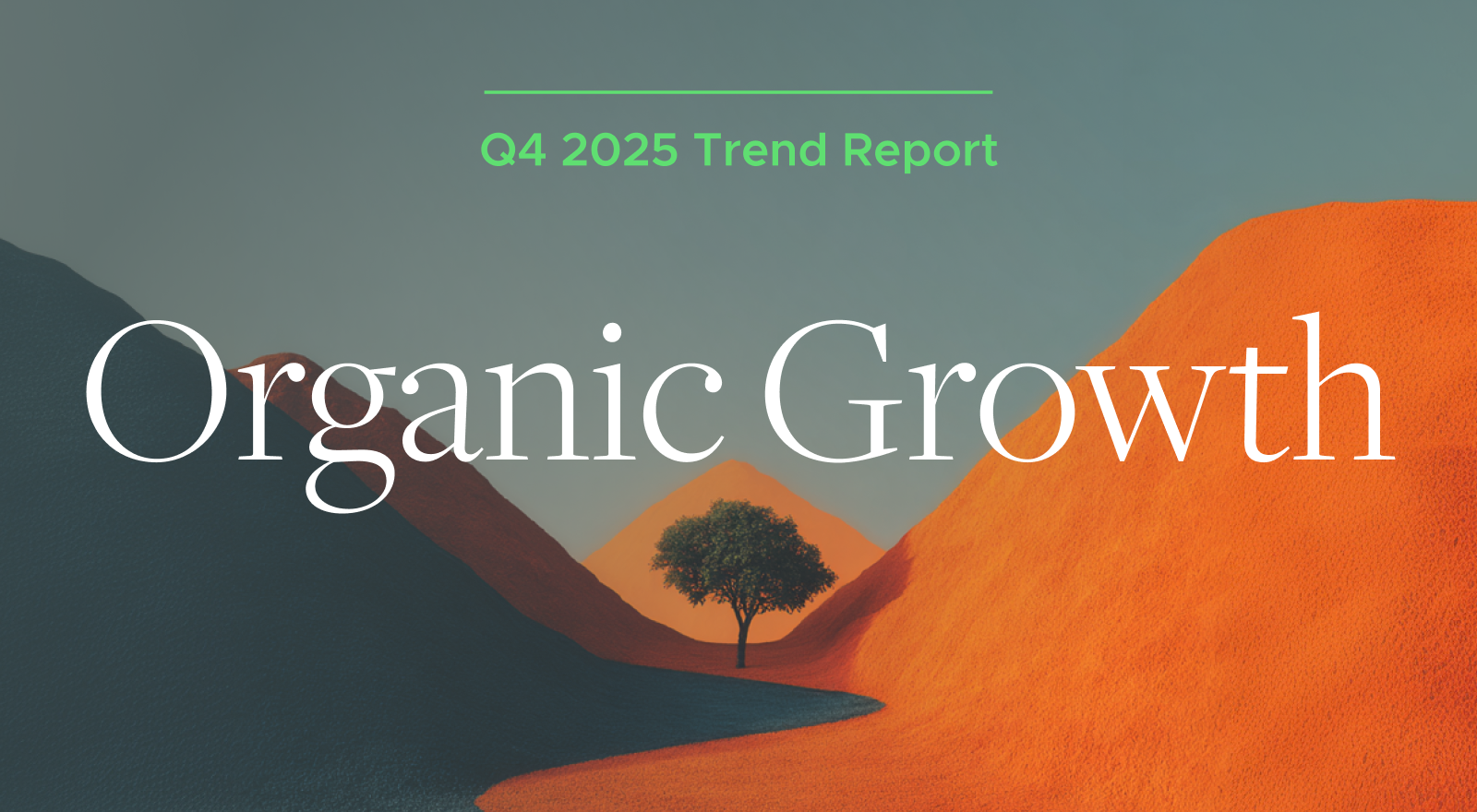The stage is set for major industry disruption. Technology offers asset managers a way to differentiate and add meaningful value to their advisor relationships and many are jumping at the chance to expand their offerings.
Here are three main trends F2 Research exposed this Fall after discussing these critical topics with 39 of the leading wealth management firms representing $7 trillion in assets under management.
Trend 1: Acceleration in Rate of Asset Manager Acquisition of FinTech Firms

The $1 billion valuation for fintechs is no longer fiction, and increasingly, not even rare. It’s no longer a case of chasing the unicorn, but of domesticating it. As asset managers acquire fintech firms, wholesalers can sell technology in addition to their assets, funds and models. However, one question has yet to be answered: who pays for this change in service? Will it be the advisors?
Trend 2: Disruption has Biggest Potential to Impact Firms Using Holistic Modeling

As of July 1, 2020, Investment News reported $3 trillion in assets were contained in models. TAMPs that leverage a small number of fund families can maximize asset manager-supplied tech. RIA firms that rely on a smaller set of fund firms stand to gain the most—any technology provided is likely to fit well. Ultimately, asset managers can give their clients an edge with tools that manage volatility and virtual client communication. They can also offer technology training and growth guidance.
Trend 3: Advisors Indicate Willingness to Use More Tech Tools From Asset Managers

Advisor demand for integrated technology tools is here. They are willing to use an array of tools to support their businesses. To see the quick adoption, asset managers should choose to offer their clients technology solutions that address pain points of legacy models.
We’ve got even more on this topic. Download our infographic highlighting these trends here. Plus, watch for more trending topics when we release our next set of data in December.




